-
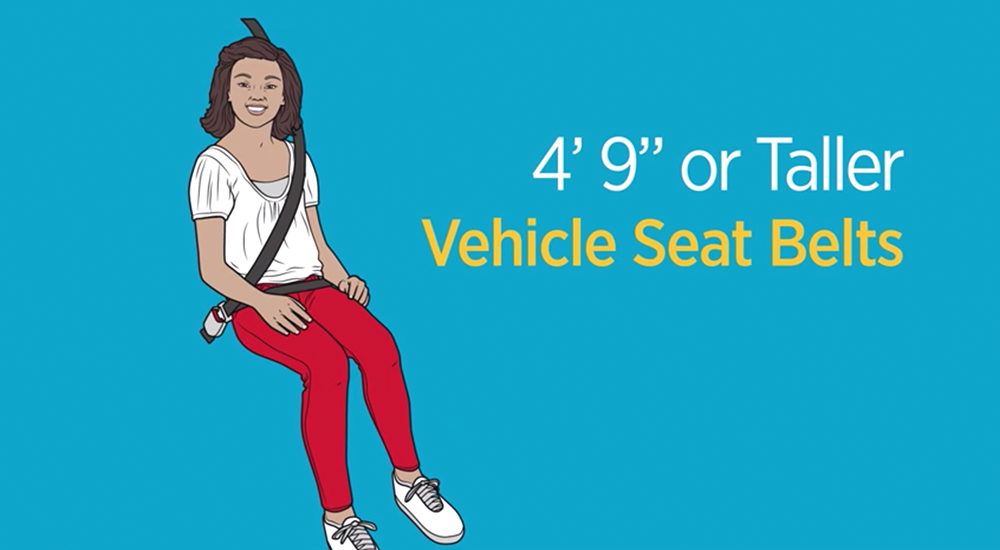
Once your child outgrows a booster seat at about 4 feet 9 inches.
-
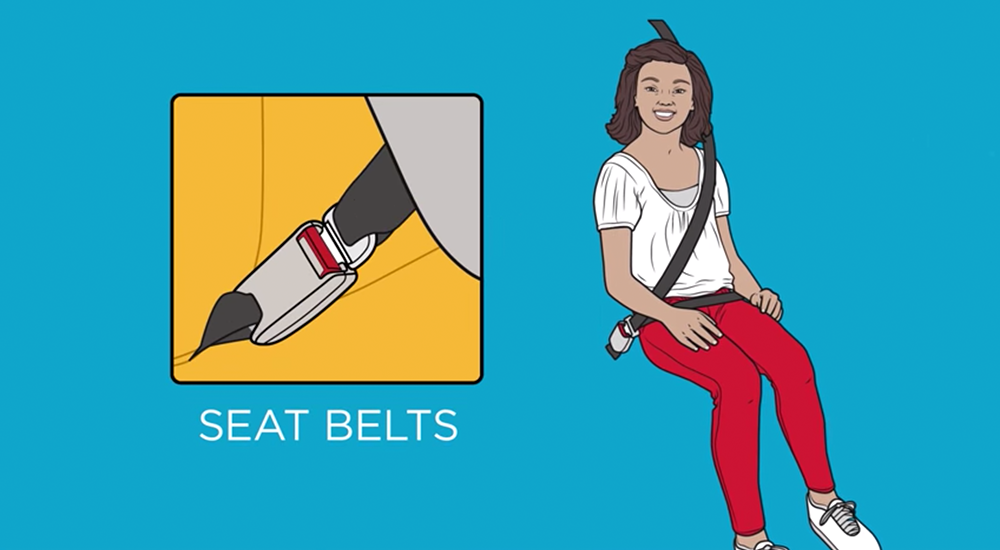
Vehicle seat belts can be used safely if they are worn correctly.
-
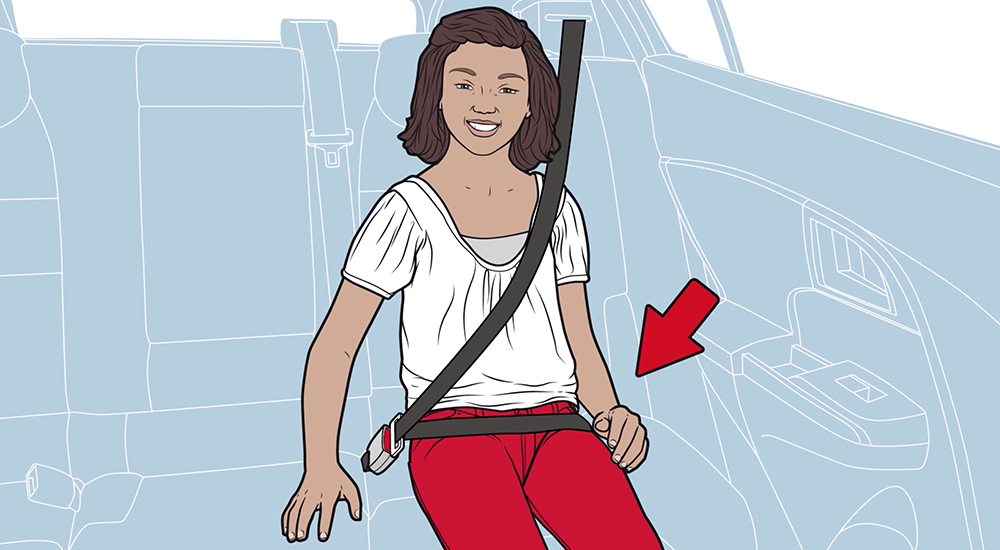
Your child should sit straight against the back of the vehicle seat with the lap belt placed low over the top of the child’s thighs, not across the stomach.
-
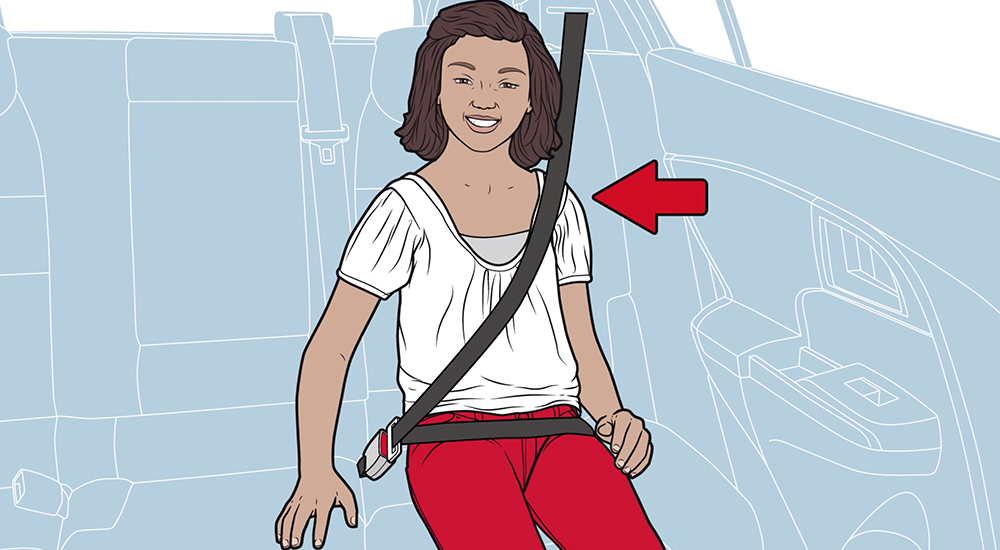
The shoulder belt should lie flat across the center of your child’s chest. Never place a shoulder belt under the arm or behind the back.
-
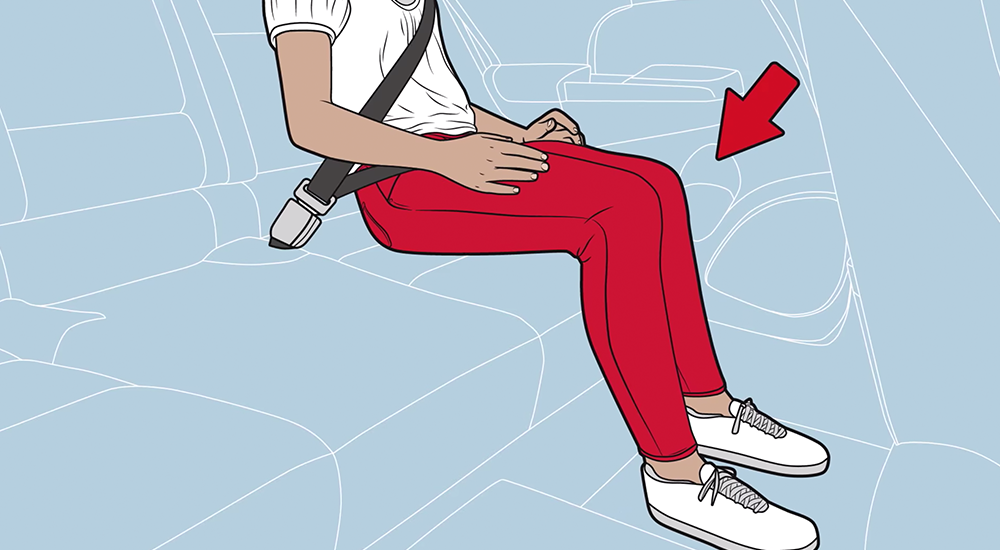
Your child’s knees should bend at a 90 degree angle over the edge of the seat.
-
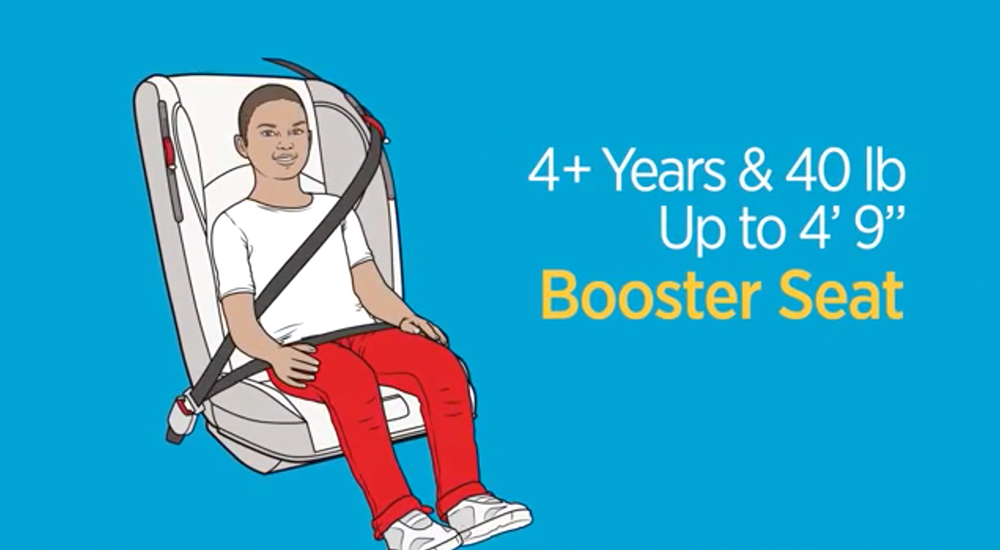
Once your child outgrows the limits set by the manufacturer on the forward-facing car seat, it’s time to move to a belt-positioning booster seat.
-
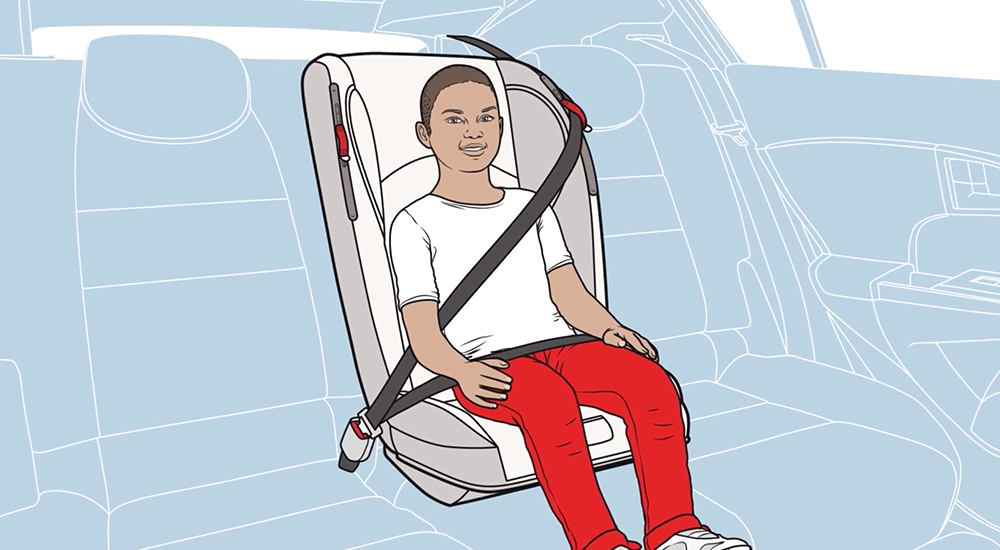
Booster seats should always be used with a lap/shoulder belt and should never be used with only a lap belt.
-
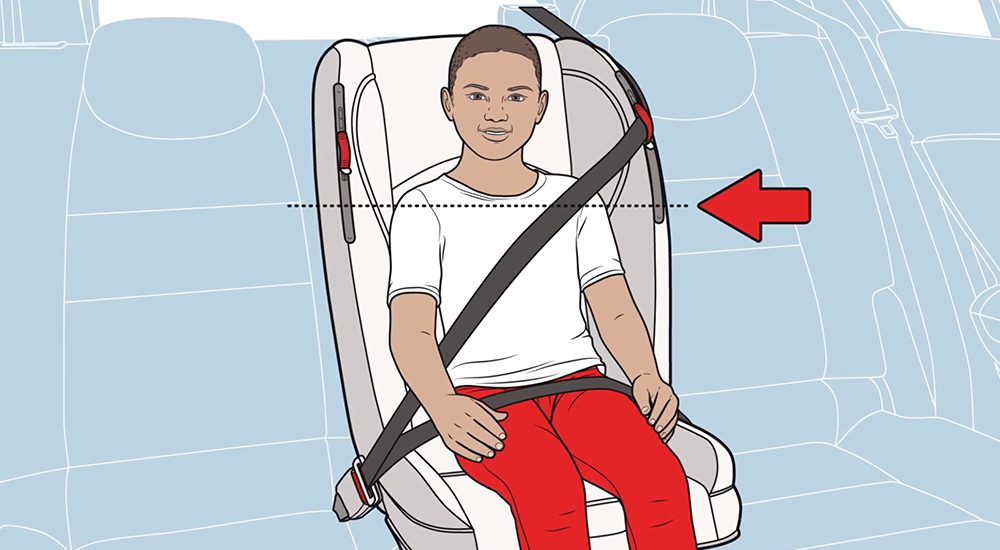
The booster ensures that the shoulder portion of the seat belt lays flat across the center of the chest and away from the face, and that the lap belt fits snugly over the top of the thighs.
-
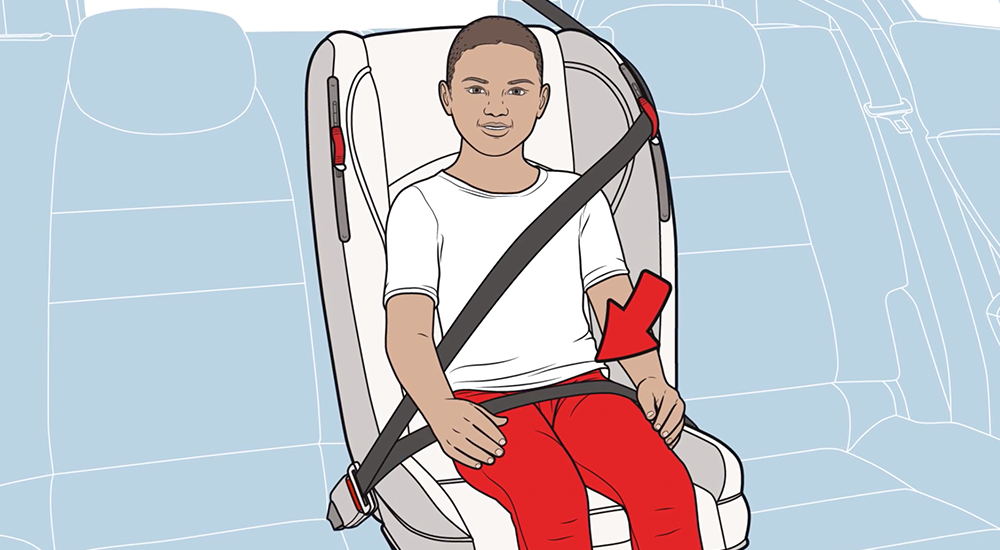
-
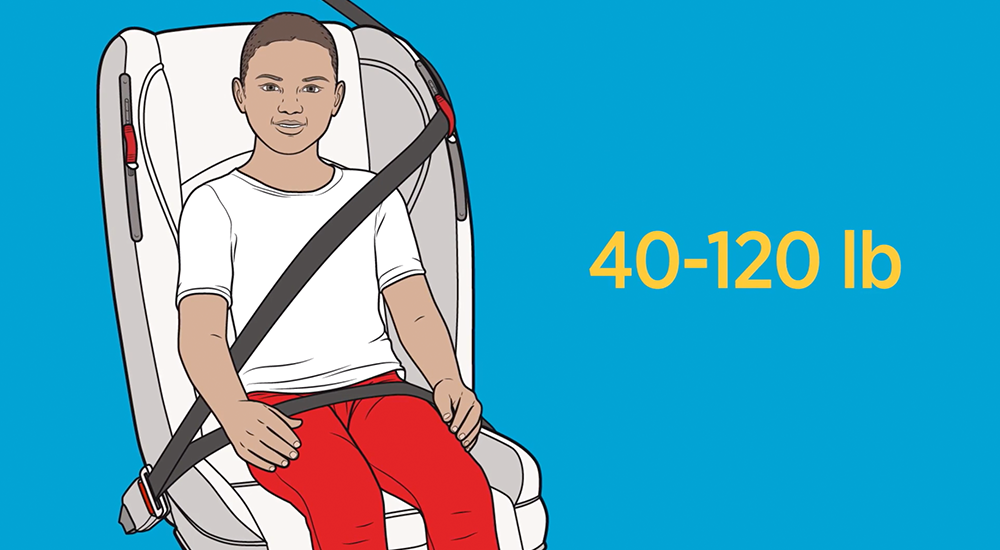
Most booster seats are designed for children who weigh between 40 and 120 pounds.
-
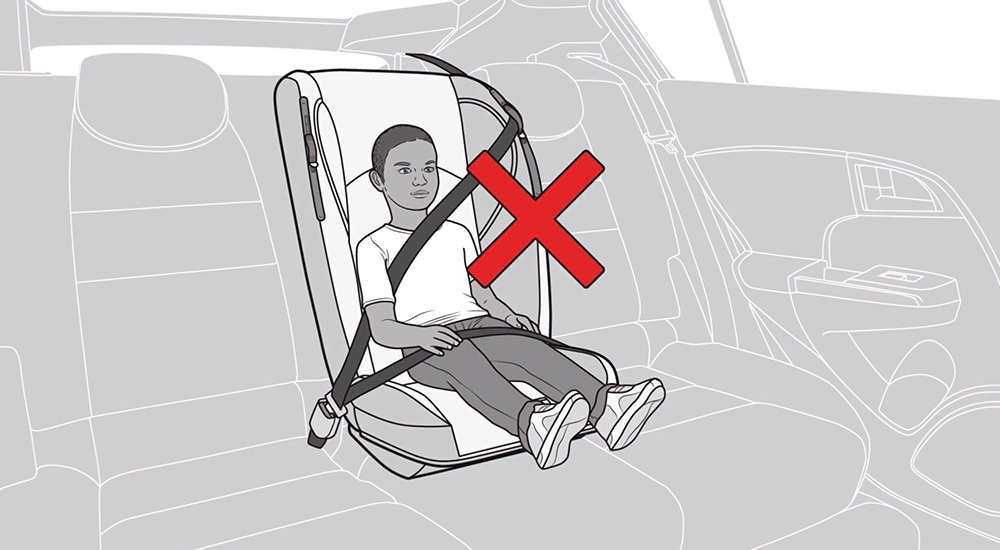
Remember: don’t use a booster seat before your child outgrows a forward-facing seat with a harness.
-
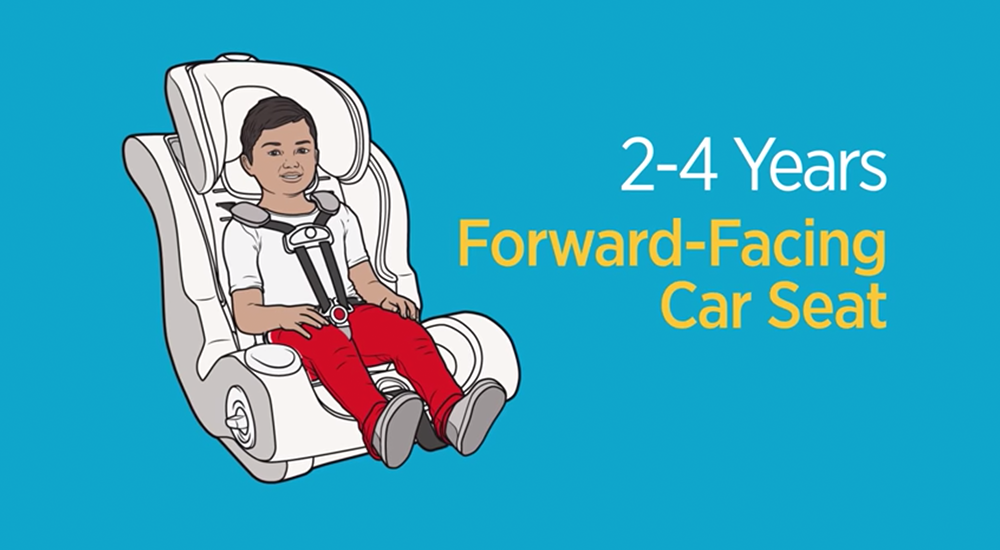
Your child is at least 2-years old and can now ride in a forward-facing car seat with a five-point harness until at least 40 pounds and 4 years of age.
-
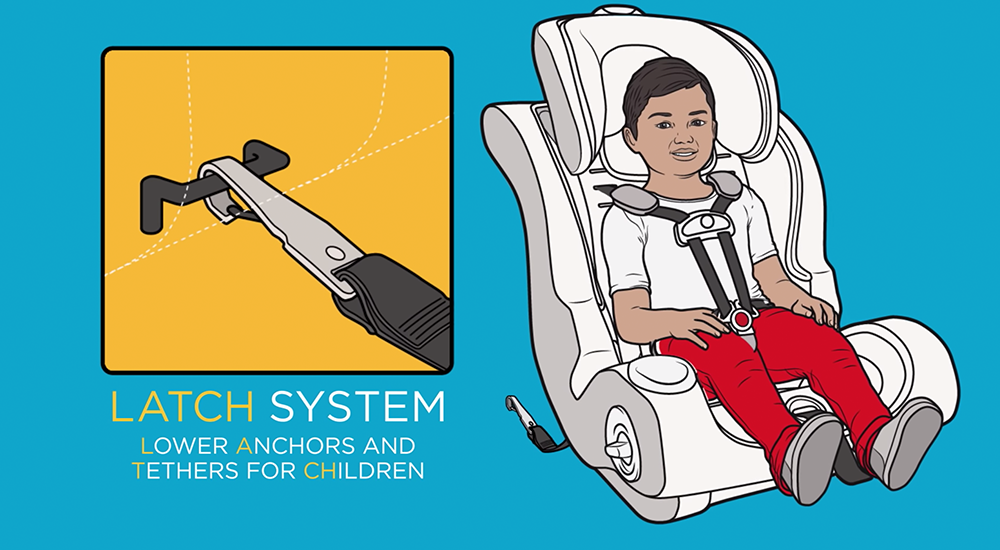
Because your car was built after 2002, you can install the seat using the LATCH system.
-
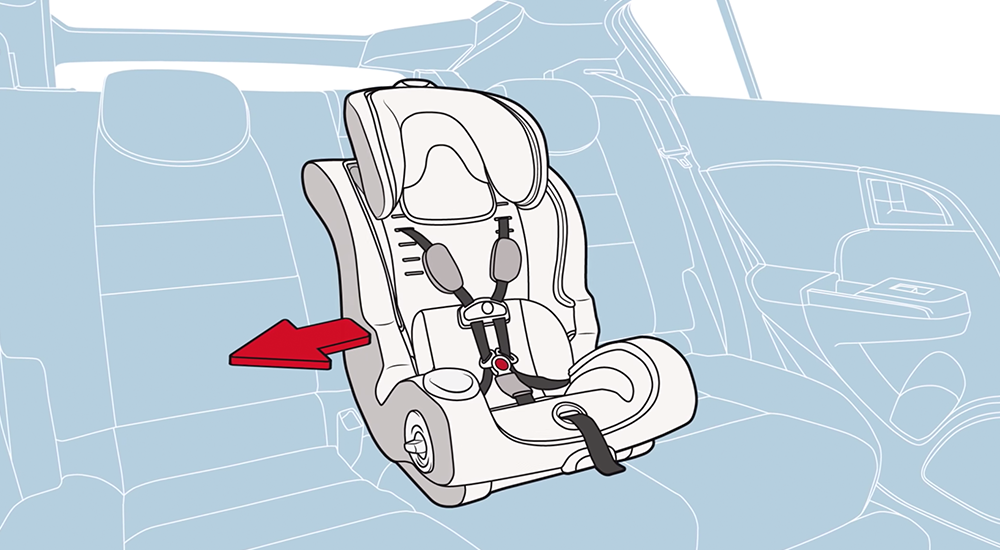
If possible, install the car seat in the center of the back seat, the safest point in case of crashes.
-
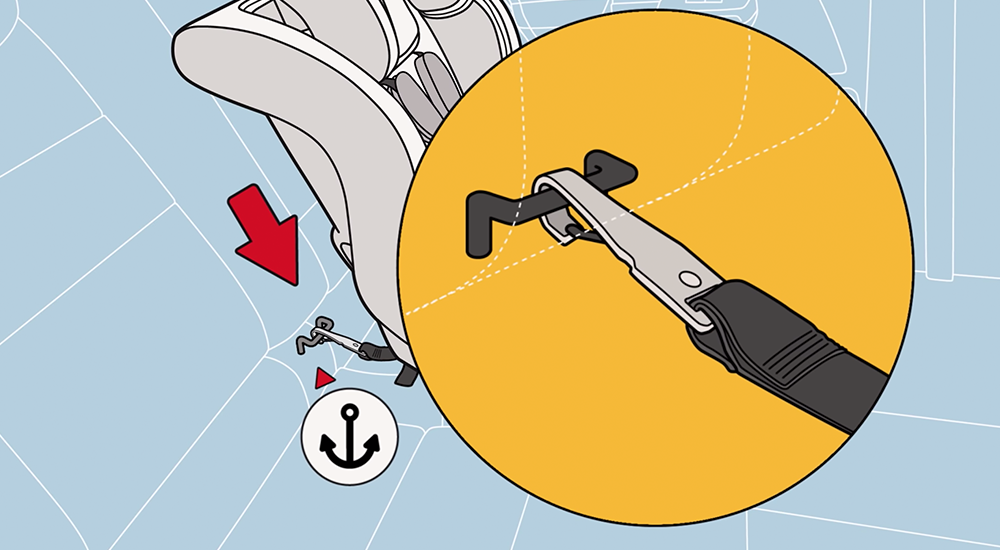
You’ll attach the seat with the two belted hooks to anchor bars located below the seat back.
-
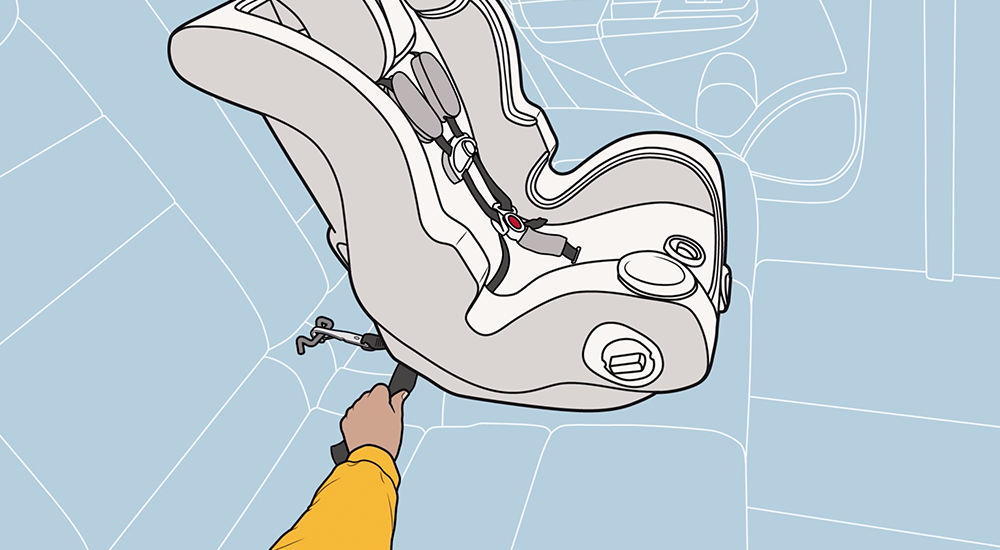
Check that the anchor belts are securely attached to the anchor points and pull the tightening strap.
-
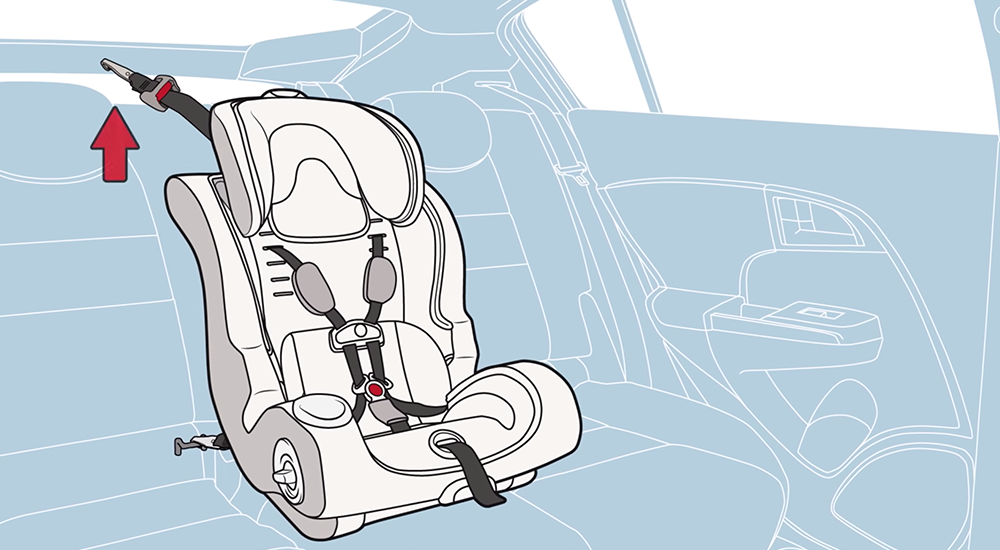
The LATCH system also has a tether to provide added stability.
-
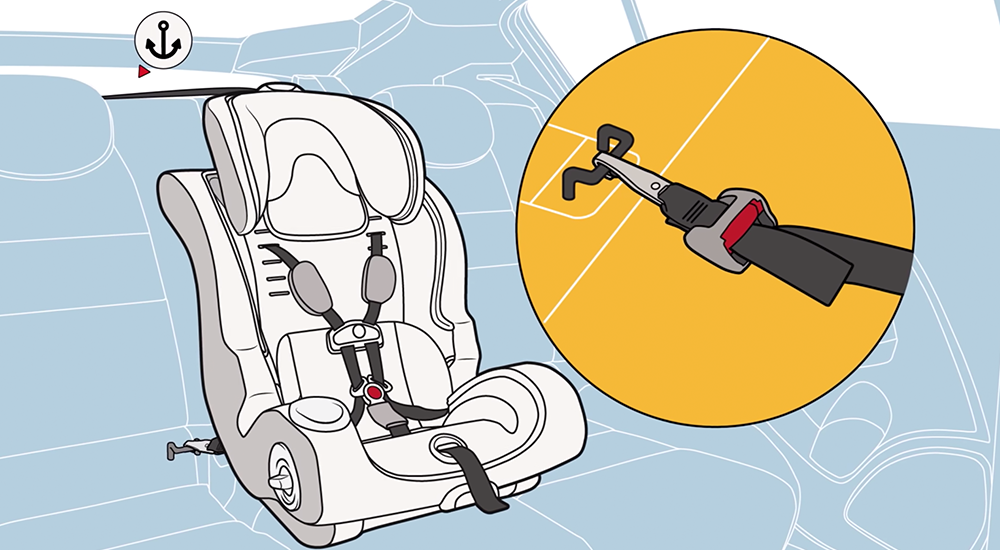
The tether holds the top of the car seat tightly so the child’s head won’t move too far forward during a crash.
-
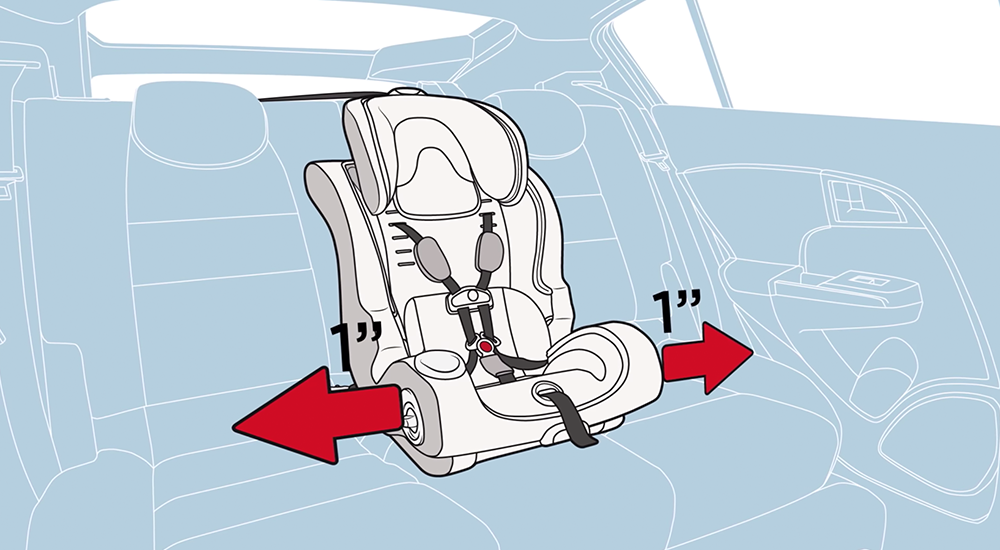
Make sure the car seat doesn’t move more than an inch from side to side.
-
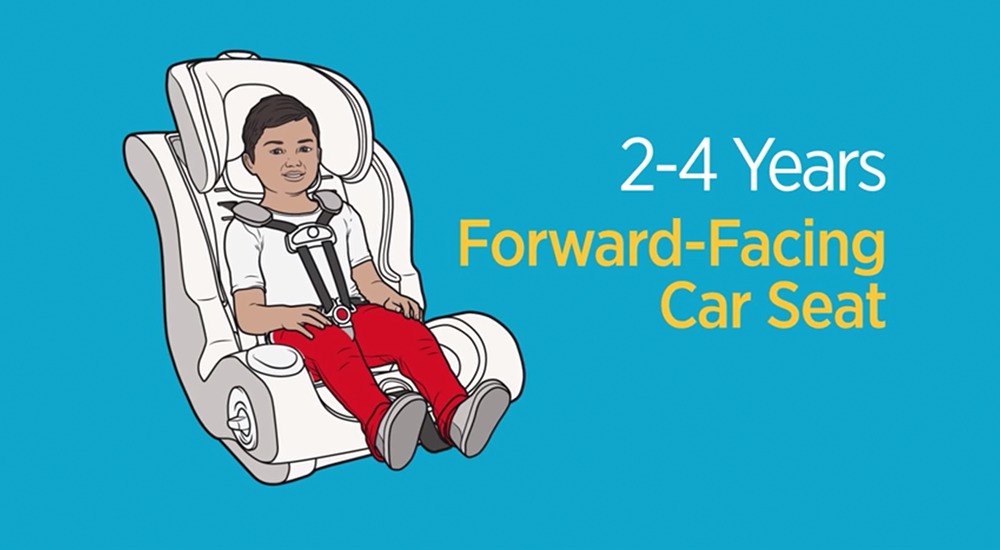
Your child is at least 2-years old and can now ride in a forward-facing car seat with a five-point harness until at least 40 pounds and 4 years of age.
-
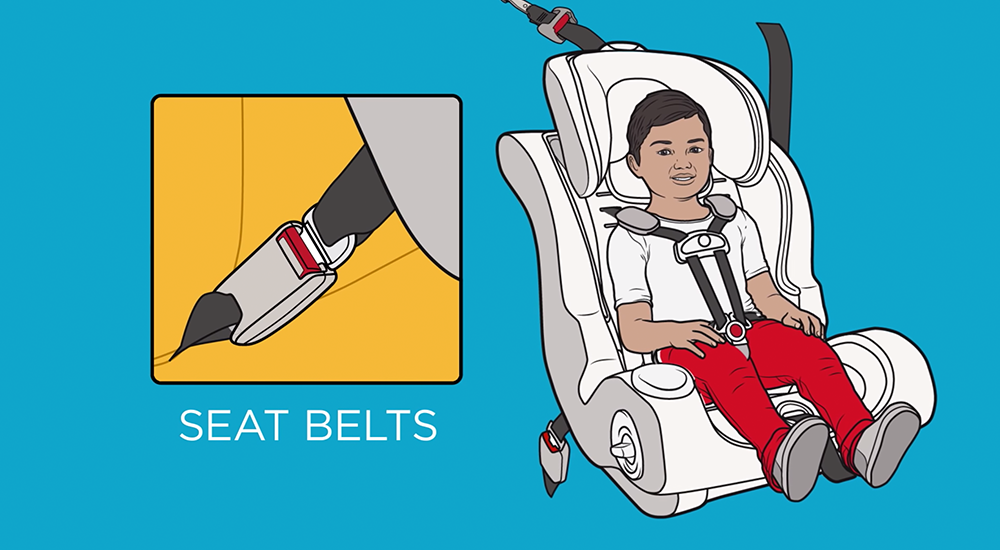
Because your car was built before 2002, when the LATCH system became standard in every vehicle, you must install the car seat using your vehicle’s seat belts.
-
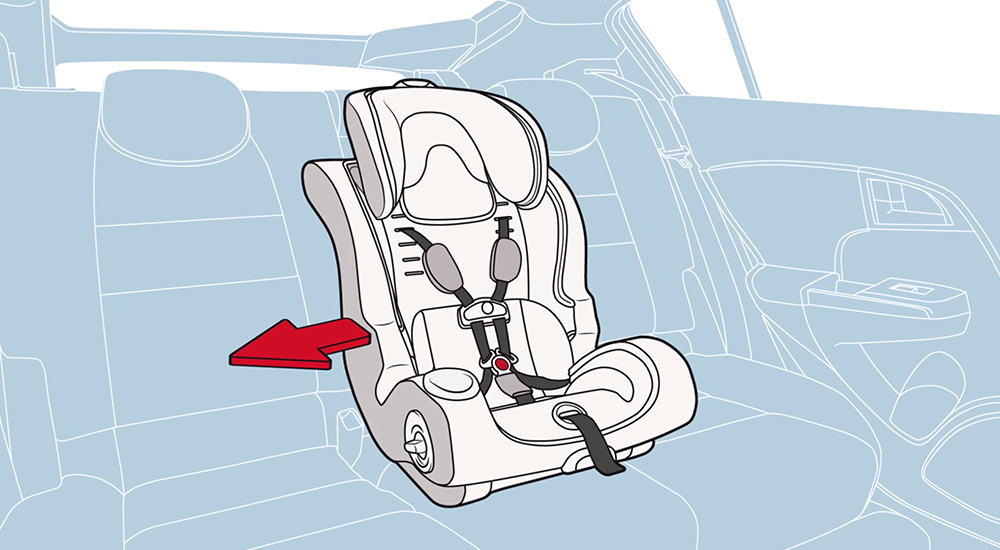
If possible, install the car seat in the center of the back seat, the safest point in case of crashes.
-
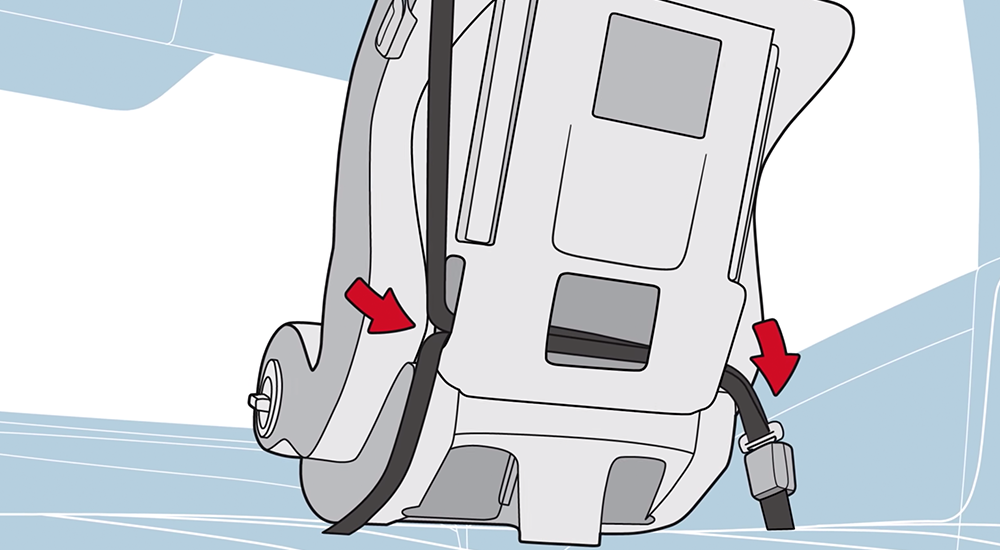
Most forward-facing car seat models thread the vehicle’s shoulder lap belt through slots at the back of the seat.
-
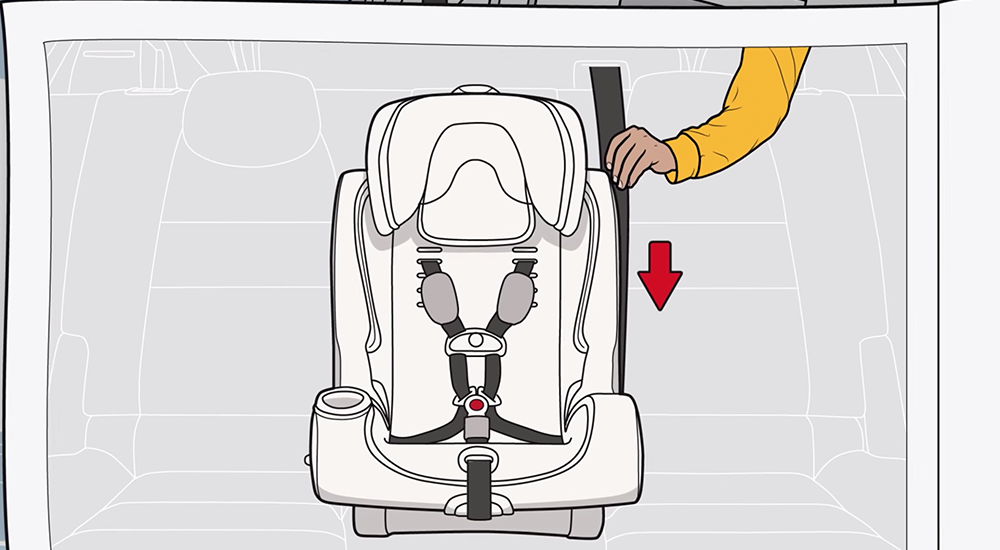
Consult your vehicle owner’s manual to make sure you’ve properly engaged the belt-locking system.
-
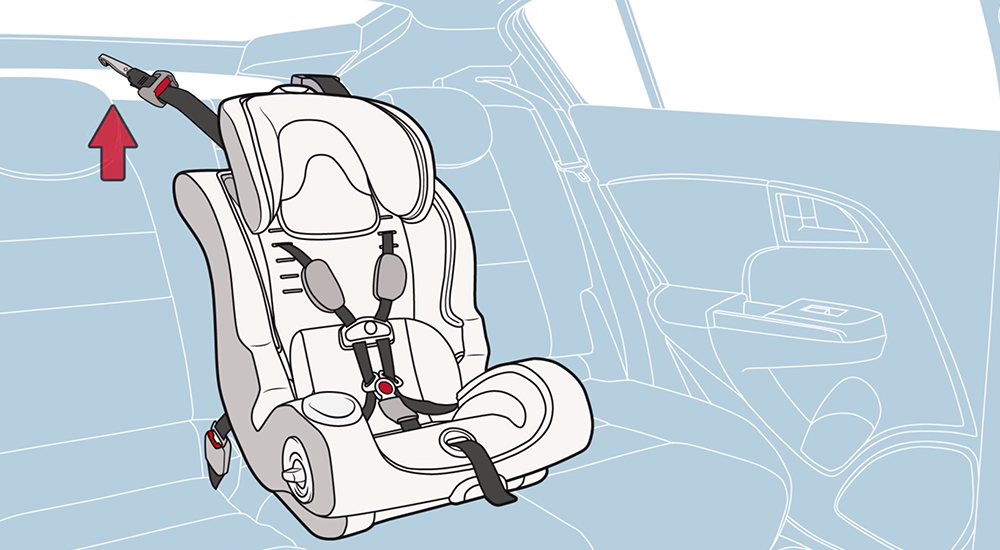
Top tethers provide added stability to car seats that are installed using seat belts.
-
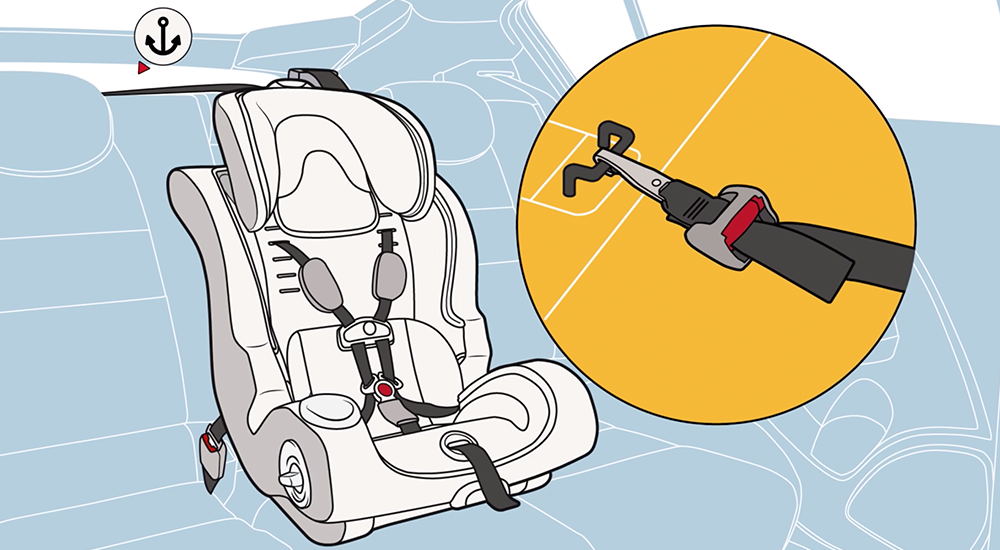
The tether holds the top of the car seat tightly so the child’s head won’t move too far forward during a crash.
-
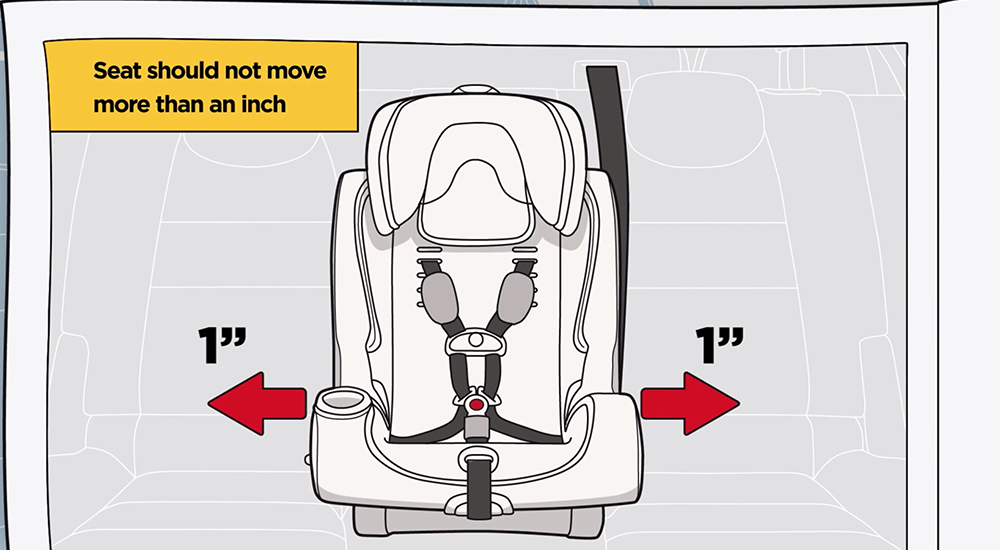
Follow the seat manufacturer’s instructions to get a get a tight fit.
-
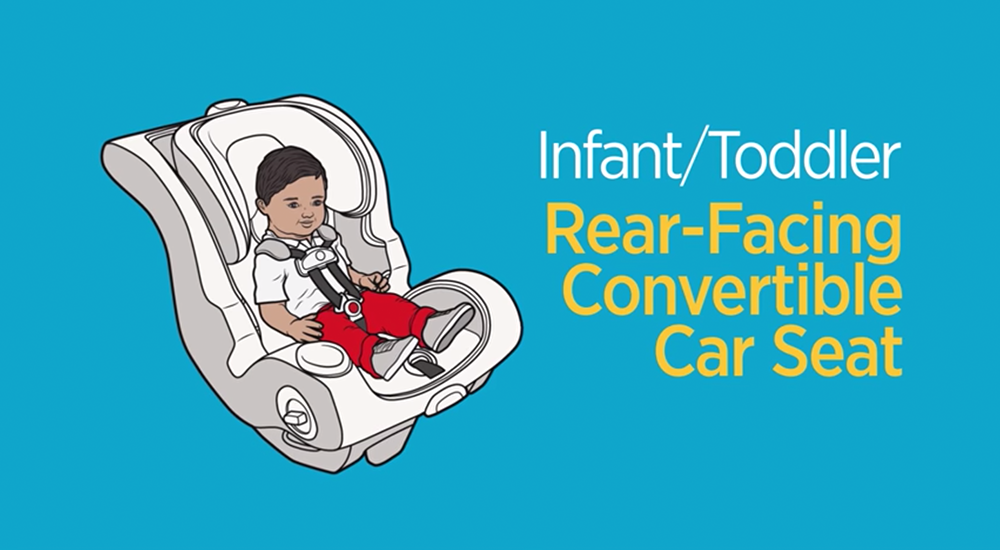
You have an infant or toddler, and you own a convertible car seat with a five-point harness that can be installed rear-facing.
-
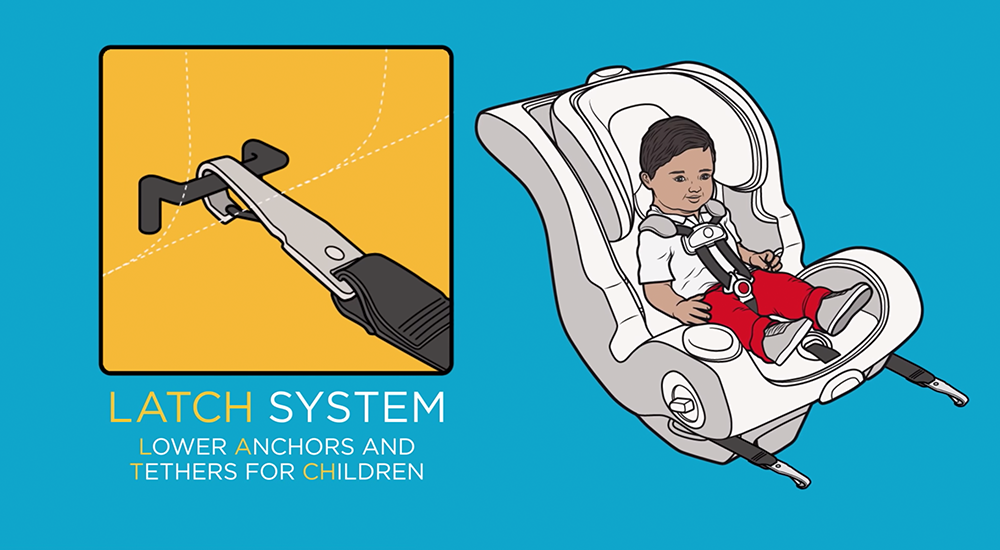
Because your car was built after 2002, you can install the car seat using the LATCH system.
-
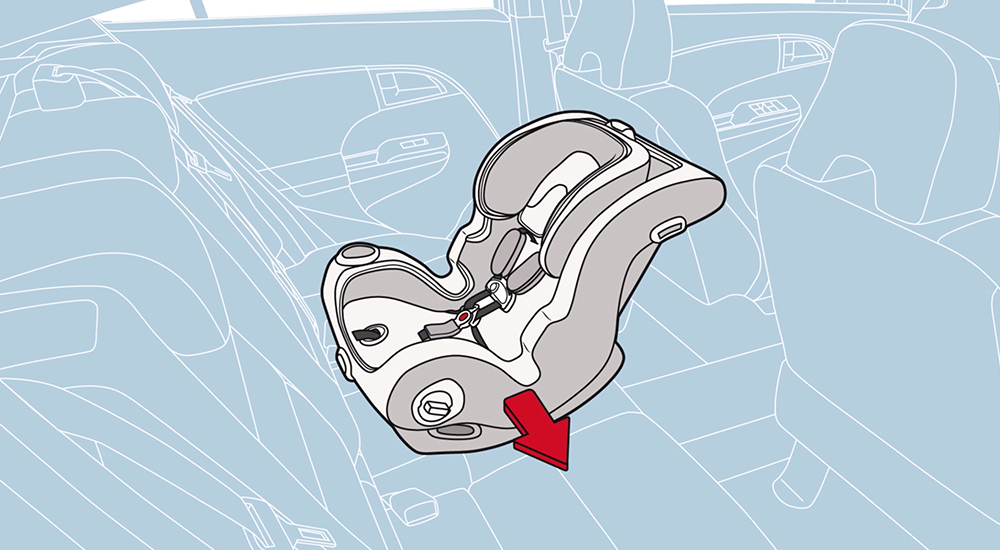
If possible, install the car seat in the center of the back seat, the safest point in case of crashes.
-
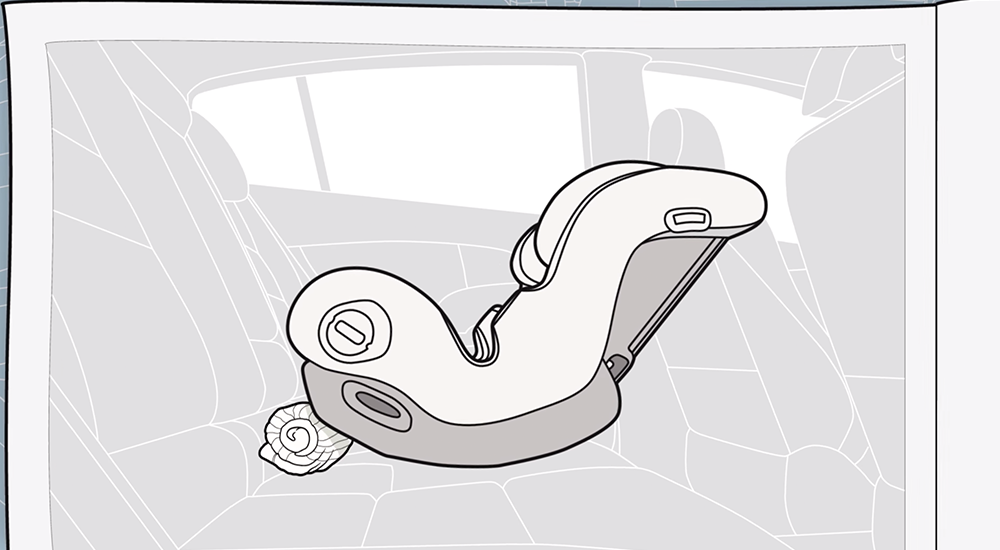
You can insert rolled towels to achieve the proper recline angel.
-
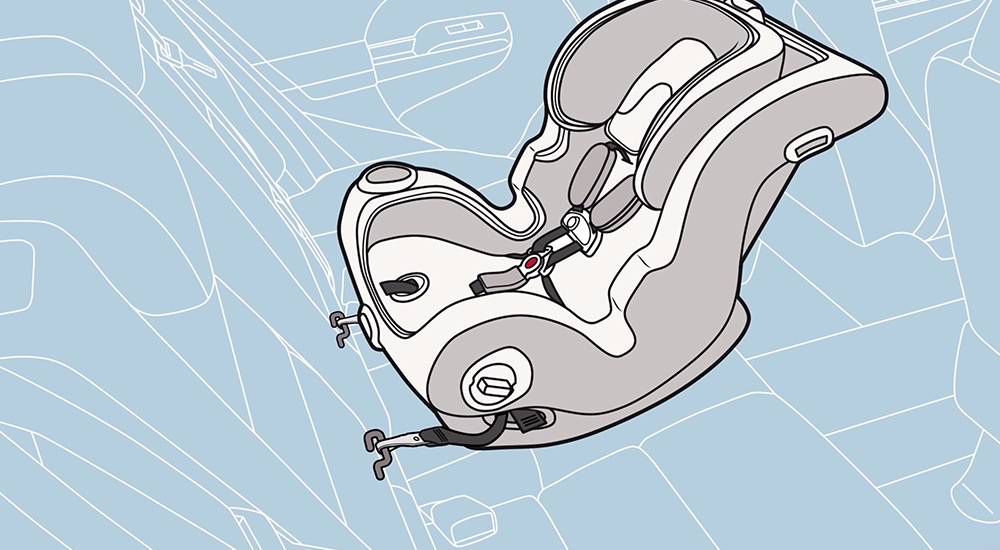
You’ll attach the rear facing seat with the two belted hooks to anchor bars located below the seat back, making sure the reclining level meets the manufacturer’s specifications.
-
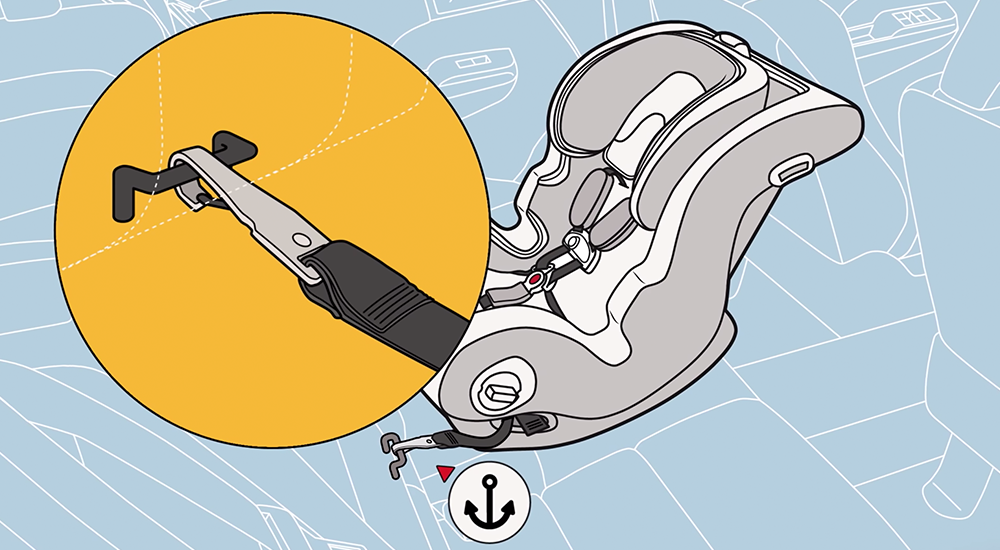
Check that the anchor belts are securely attached to the anchor points.
-
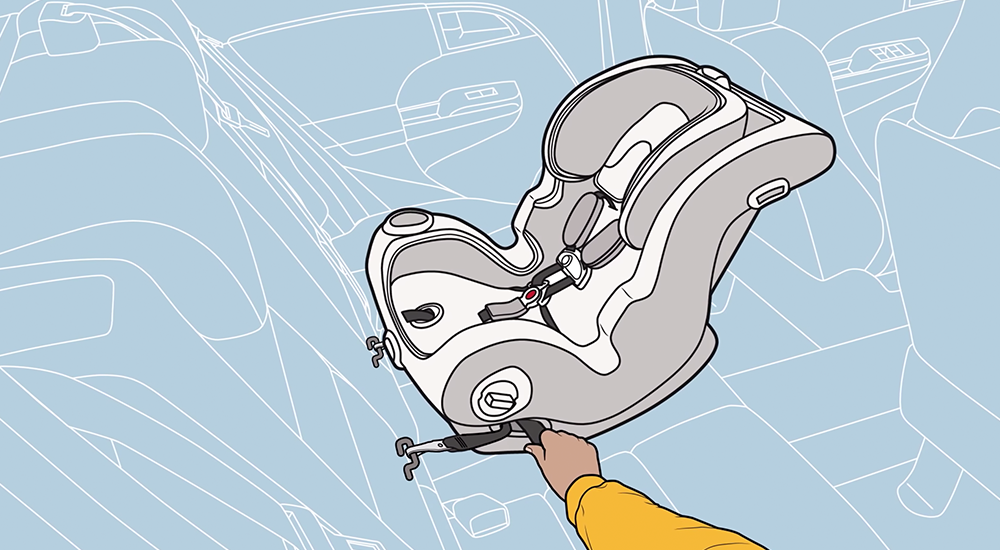
Pull the tightening strap to ensure that the car seat doesn’t move more than an inch from side to side.
-
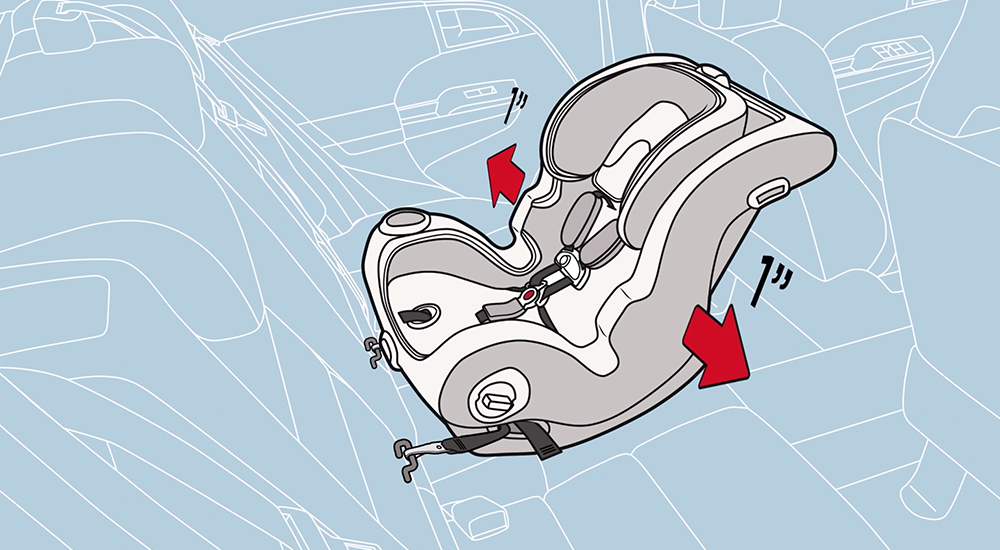
-
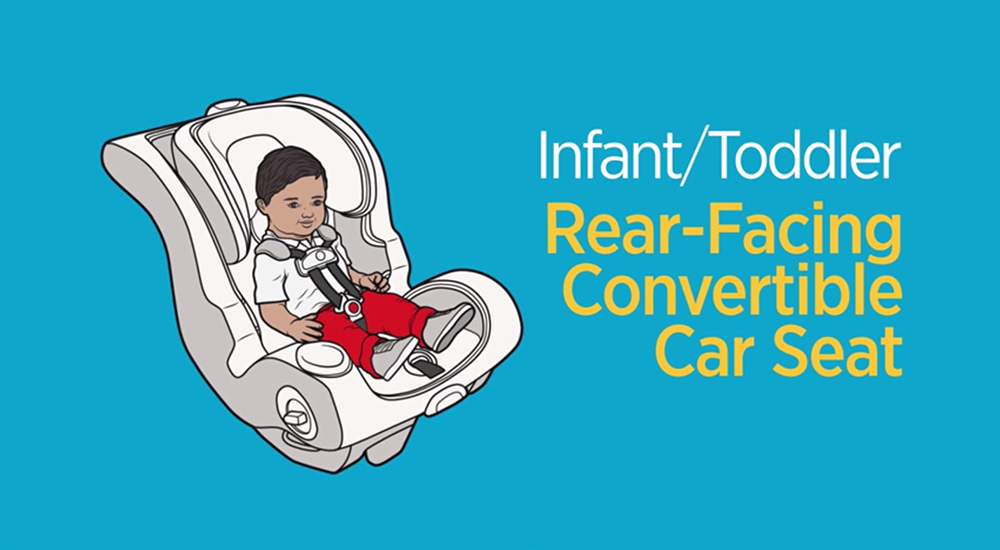
You have an infant or toddler, and you own a convertible car seat with a five-point harness that can be installed rear-facing.
-
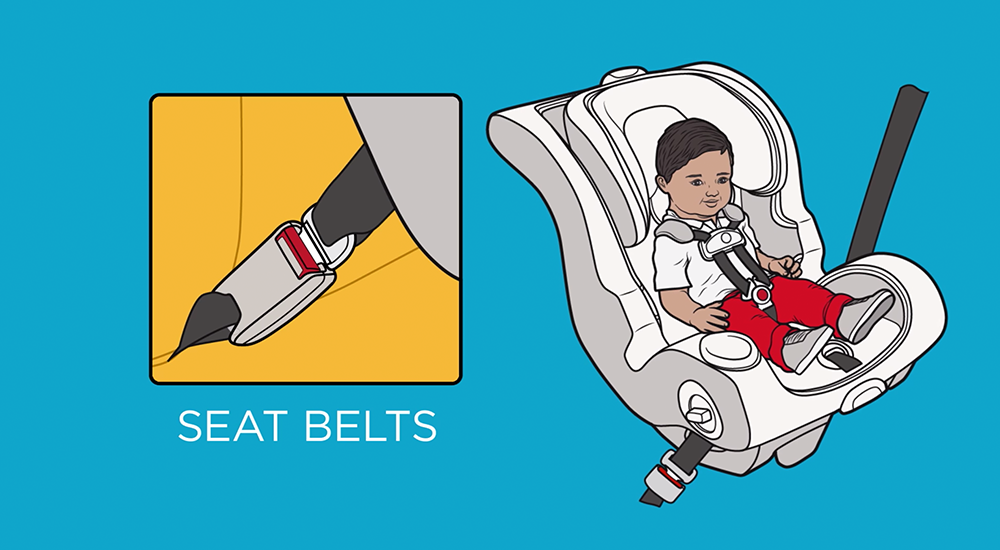
Because your car was built before 2002, you must install the rear-facing car seat using your vehicle’s seat belts.
-
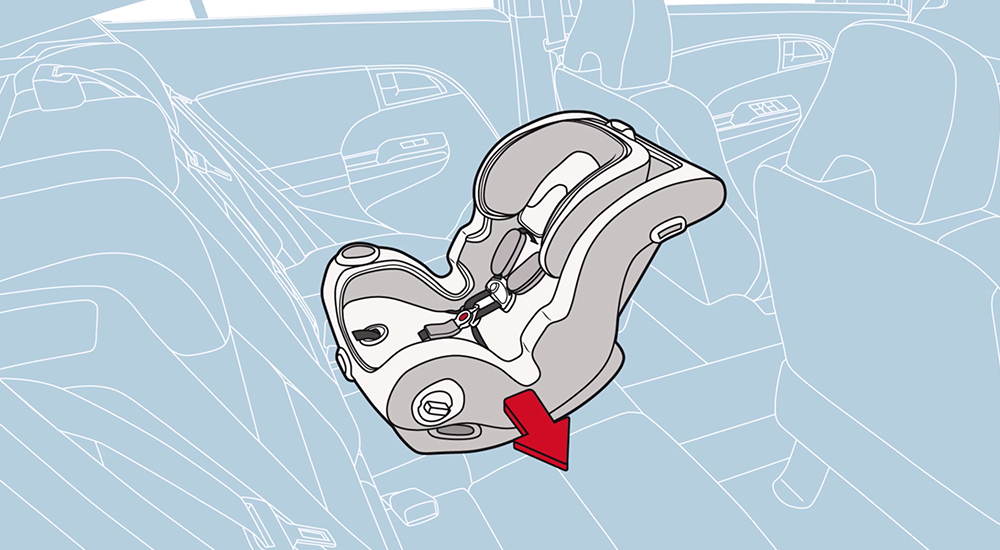
If possible, install the car seat in the center of the back seat, the safest point in case of crashes.
-
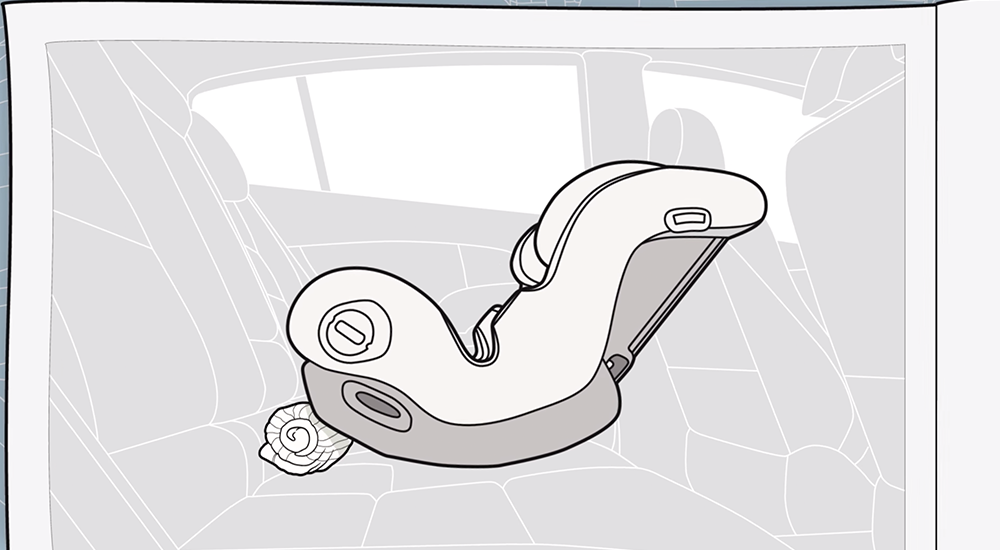
You can insert rolled towels to achieve the proper recline angle.
-
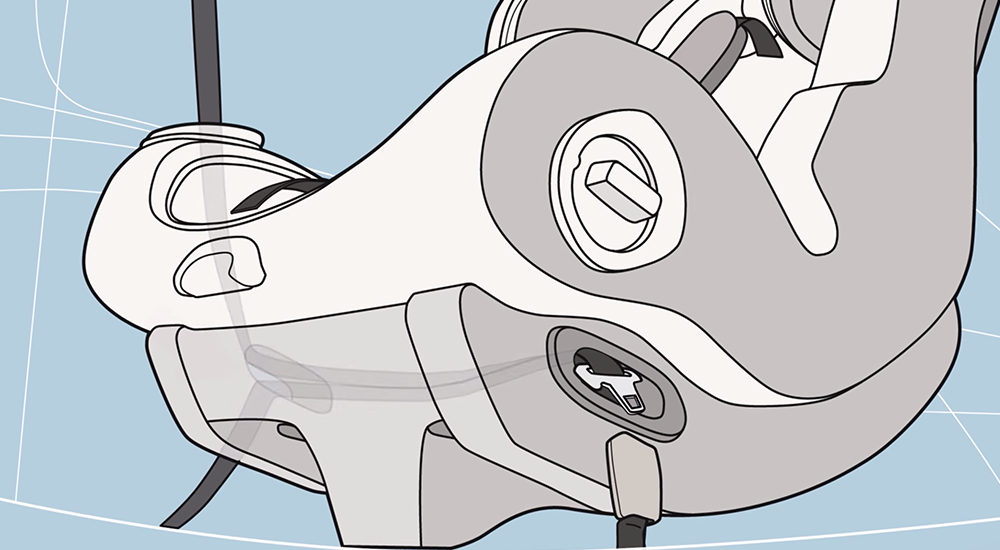
You’ll attach the car seat by threading the combination lap/shoulder belt through the rear-facing belt path, located at the front seat near the child’s feet.
-
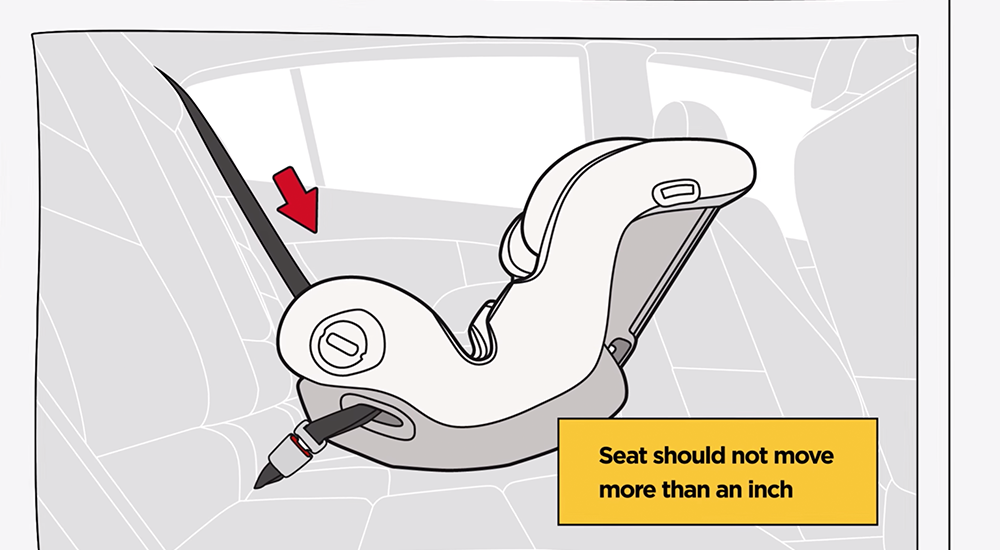
Follow the seat manufacturer’s instructions to get a tight fit. Consult your vehicle owner’s manual to make sure you’ve properly engaged the seat belt locking system.